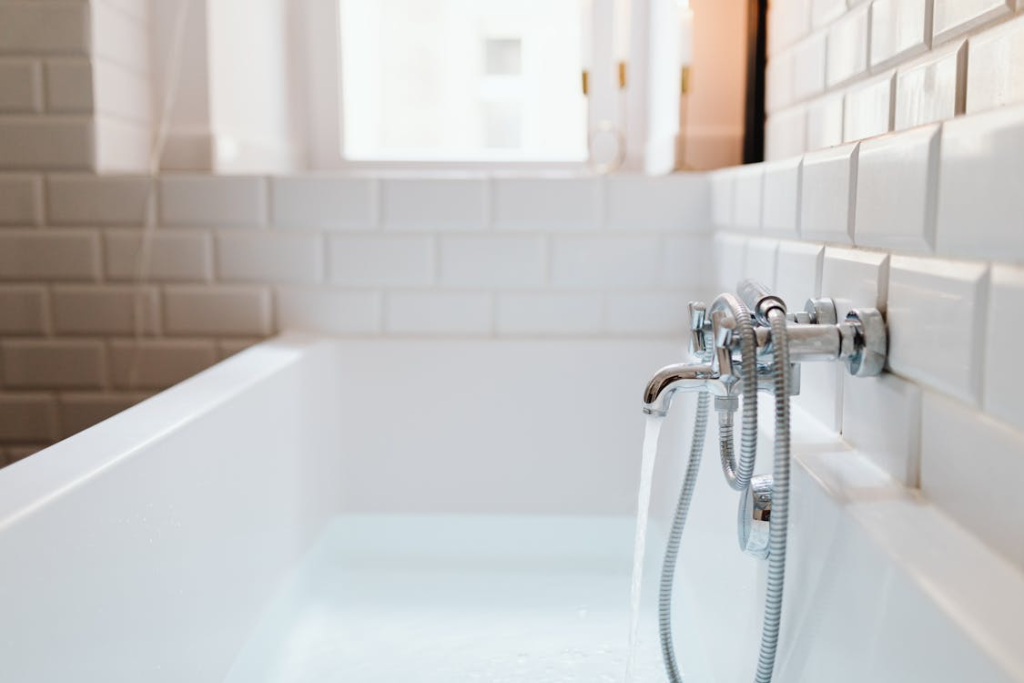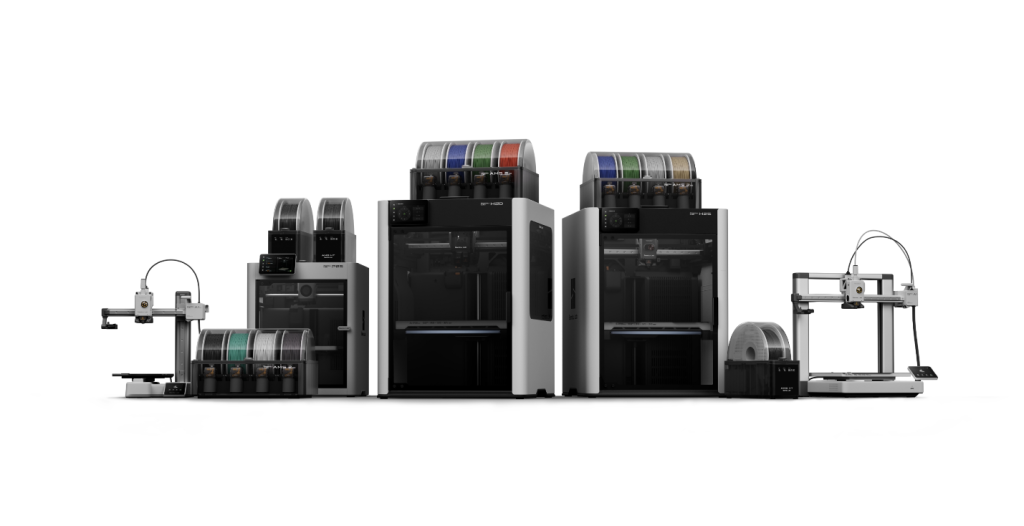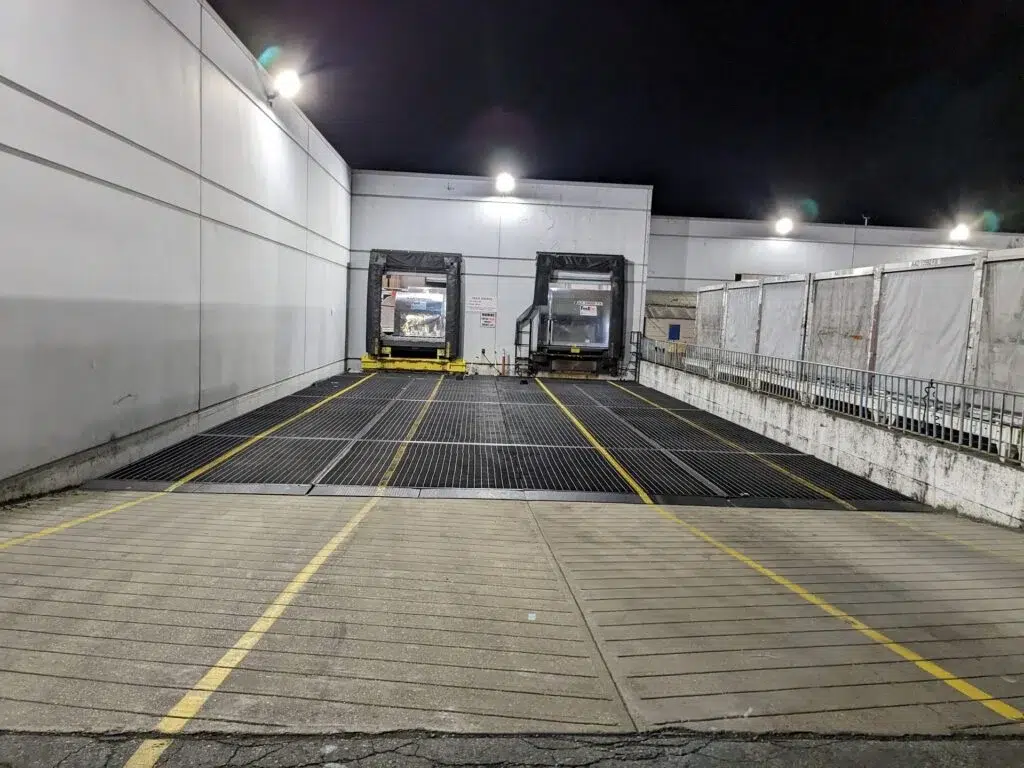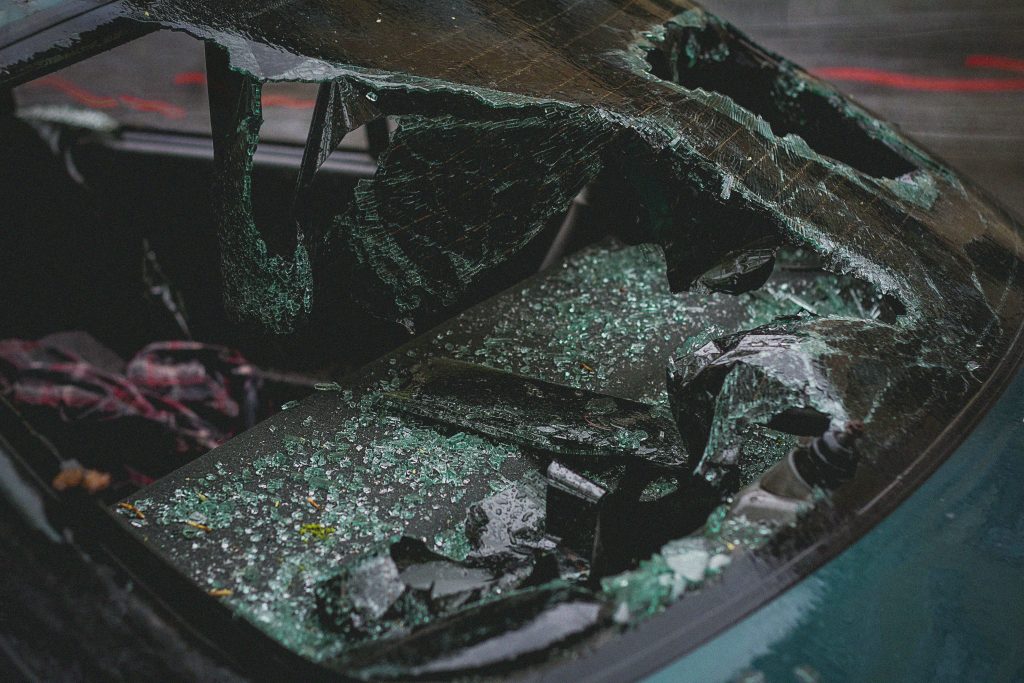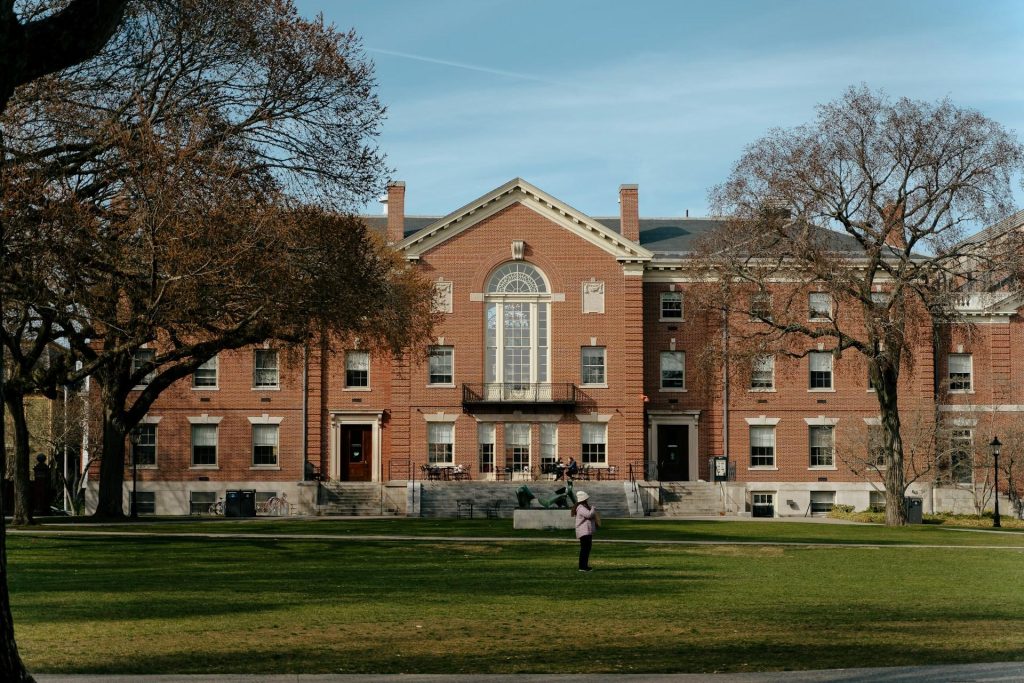Your home is more than a place where you sleep. It’s where you build memories, raise your family, and feel safe. But the truth is, even the most well-kept homes can face unexpected disasters. A leaking pipe, faulty wiring, or hidden mold can cause costly damage in just a few hours. What’s worse is that many of these issues begin small, unnoticed until they spiral into major repairs or safety hazards.
The good news? Most home disasters are entirely preventable with a little foresight and routine care. By paying attention to early warning signs and taking a few smart steps, you can safeguard your home, save money, and protect your peace of mind. From stopping leaks before they spread to preparing for seasonal weather, this guide walks you through practical ways to keep your home safe and secure.
Plumbing: Stop Water Damage Before It Starts
Water damage is one of the most common and expensive problems homeowners face. A single leaking pipe or appliance hose can waste gallons of water every day, and cause hidden mold, warped flooring, or even structural damage over time. Because leaks often start in places you rarely check, such as under sinks or behind walls, early detection is crucial.
That’s where using a water leak detector makes all the difference. These devices use advanced sensors to identify even small leaks before they turn into major problems. Many models connect to your phone, sending instant alerts the moment they detect moisture, so you can act quickly whether you’re at home or away. Installing one near your washing machine, water heater, or under your kitchen sink can save you from thousands of dollars in potential repairs.
What makes this technology especially valuable is that it doesn’t just warn you about active leaks. It also helps you track water usage. By understanding your household water patterns, you can catch abnormalities that might signal a problem, helping you use water more efficiently while protecting your property. It’s a simple step that can make a huge impact in preventing one of the most common home disasters.
Electrical Safety: Avoiding Hidden Hazards
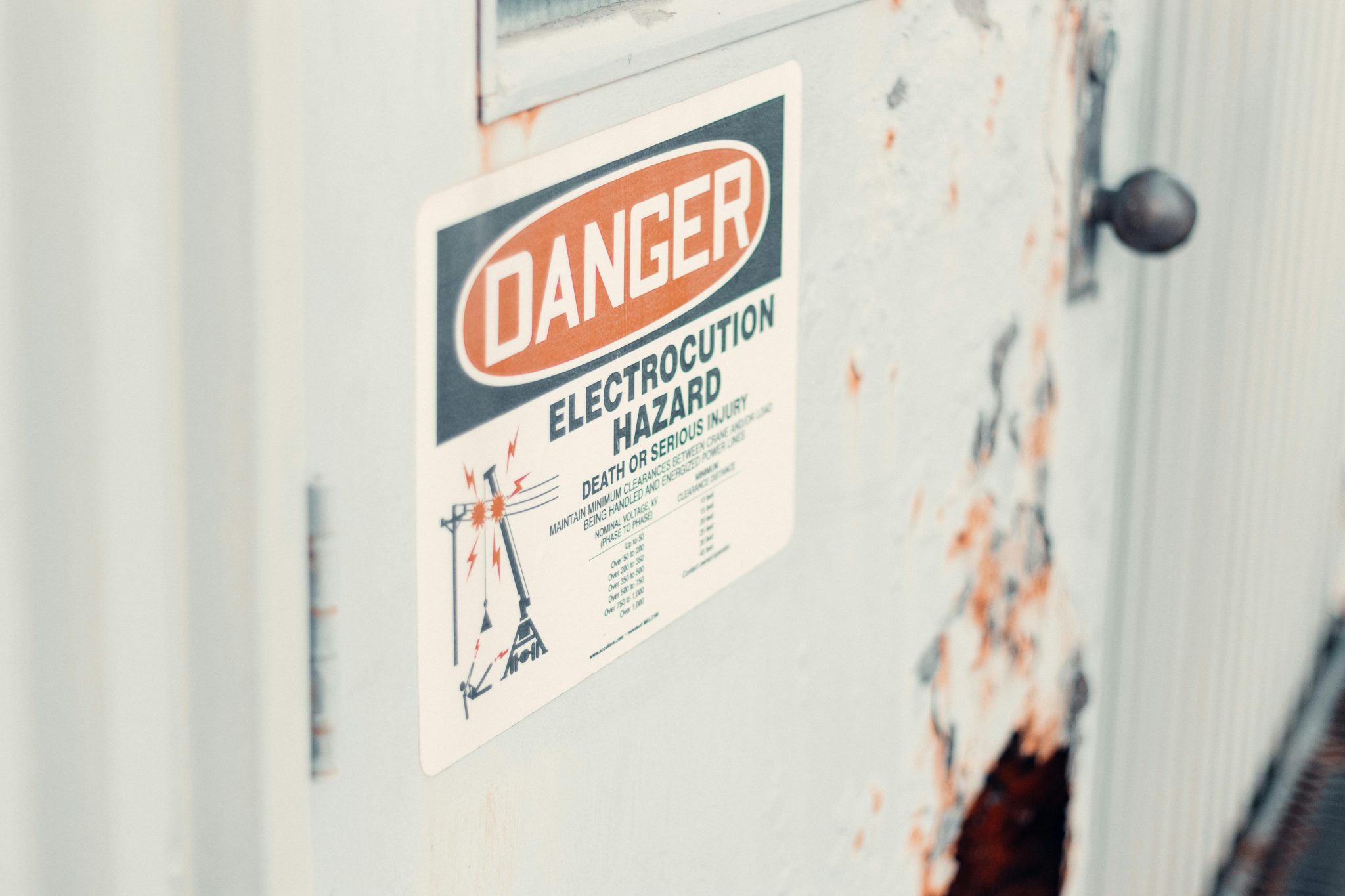
Your home’s electrical system powers everything you rely on, from your kitchen appliances to your internet connection. Yet it’s also one of the most overlooked sources of potential danger. Old wiring, overloaded outlets, or damaged cords can quickly lead to short circuits or fires if ignored.
Start by making sure your outlets and cords are in good condition. Avoid using multiple extension cords for high-power devices, and unplug electronics when they’re not in use. If you live in an older home, schedule a professional inspection every few years to ensure your wiring meets current safety standards. Small upgrades like surge protectors or ground fault circuit interrupters (GFCIs) can drastically reduce the risk of electrical shock and fire.
Taking these simple precautions not only keeps your home safer but also ensures your systems run more efficiently, extending the life of your appliances.
Fire Prevention: Protecting Your Home and Loved Ones
House fires can start from something as simple as an unattended stove or a frayed wire. While you can’t eliminate every risk, staying proactive makes a huge difference. Make sure every floor in your home has a working smoke detector and test them monthly. Replace the batteries at least once a year.
Keep fire extinguishers in key areas like the kitchen, garage, and near fireplaces. Avoid placing flammable materials near stoves or heaters, and never leave candles burning unattended. It’s also a good idea to create and practice a fire escape plan with your family. Knowing exactly where to go in an emergency can save lives.
Fire prevention is mostly about mindfulness. Paying attention to the small things, like turning off the stove before leaving a room, can go a long way in keeping your home safe.
Weather-Proofing: Preparing for the Unexpected
Nature can be unpredictable, but your home doesn’t have to be vulnerable to every storm or temperature drop. Preparing for seasonal changes is one of the most effective ways to prevent weather-related disasters.
Inspect your roof annually to check for loose shingles or potential leaks. Clean gutters and downspouts regularly to prevent water buildup, which can lead to roof damage or basement flooding. During winter, insulate exposed pipes to prevent freezing and bursting. In summer, check that your windows and doors are sealed properly to keep your home cool and energy-efficient.
It’s also smart to have an emergency kit stocked with essentials like flashlights, extra batteries, bottled water, and non-perishable food. Being prepared means you can respond quickly when storms hit, minimizing both stress and damage.
Plumbing and HVAC Maintenance: The Unsung Heroes of Home Safety
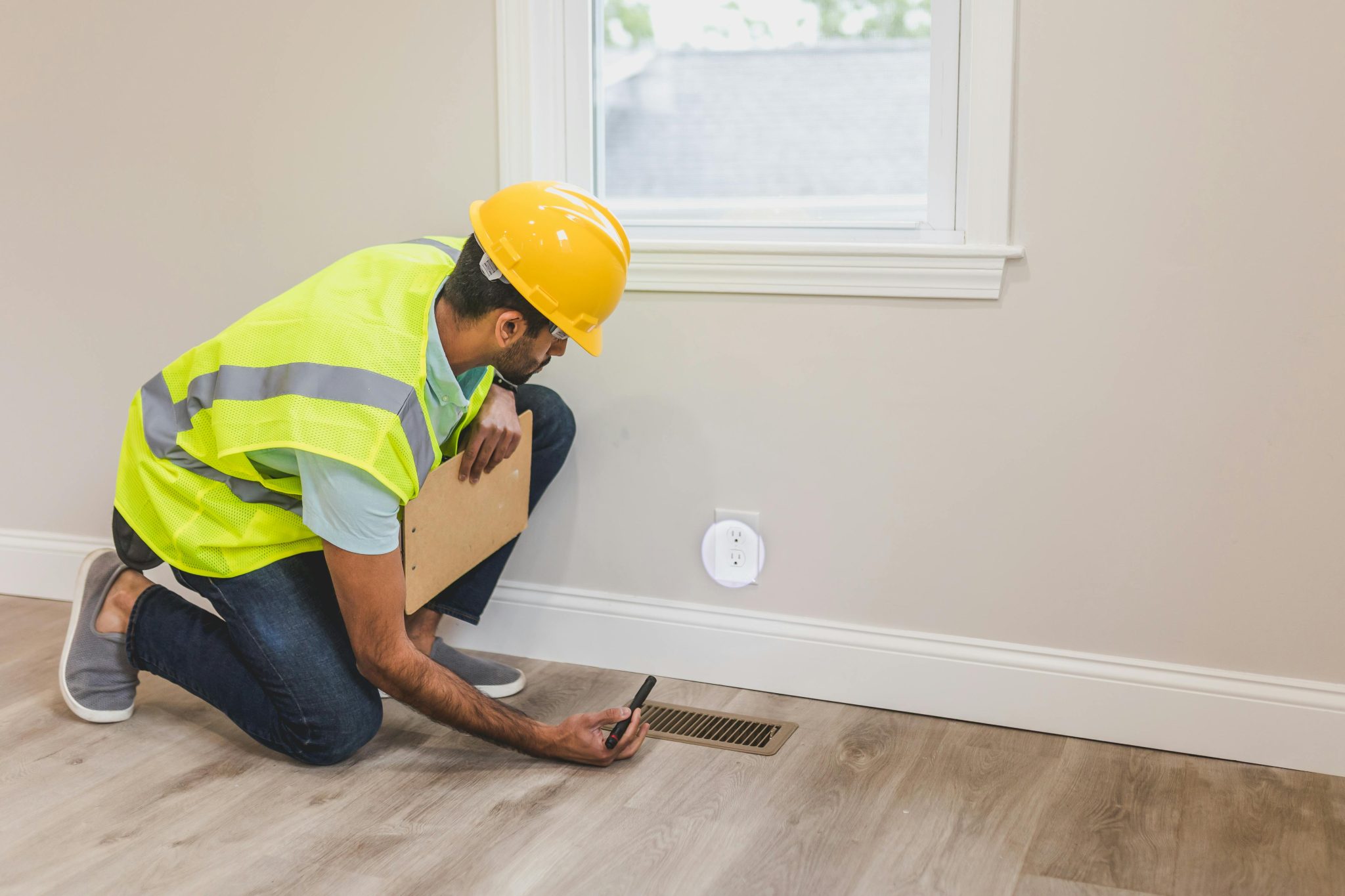
Your plumbing and HVAC systems quietly keep your home comfortable every day, but neglecting them can lead to major headaches. A small leak in your plumbing can quickly turn into water damage, while a neglected air conditioning or heating system can fail when you need it most.
Inspect visible pipes regularly for signs of corrosion or dripping water. Flush your water heater annually to remove sediment and extend its lifespan. For HVAC systems, replace air filters every few months and schedule professional maintenance at least once a year. This not only keeps your home’s air clean but also helps your system run efficiently.
Preventive maintenance might seem tedious, but it’s far cheaper and easier than dealing with emergency repairs or replacements down the road.
Home Security: Protecting Against Break-Ins and Vandalism
Not all home disasters come from natural causes; some are the result of human activity. Securing your property from intrusions and vandalism should be a top priority. Installing motion-sensor lights, upgrading your locks, and adding visible security cameras can deter most burglars before they even approach your home.
Smart security systems now allow you to monitor your property remotely, giving you peace of mind when you’re away. Even simple steps like keeping your yard well-lit and trimming bushes around entry points make your home less of a target.
Remember, safety isn’t just about protecting belongings. It’s about protecting your family’s sense of security.
Technology is transforming how homeowners prevent disasters. Smart thermostats, security cameras, and connected smoke alarms all work together to keep your home safer. Some systems even allow you to monitor multiple safety functions from a single app.
These tools can detect irregularities early, like rising humidity or temperature fluctuations that may indicate leaks or malfunctions. While technology can’t replace hands-on care, it complements your efforts by acting as an extra layer of protection.
When combined with regular maintenance and awareness, smart tools create a safer, more efficient living environment.


